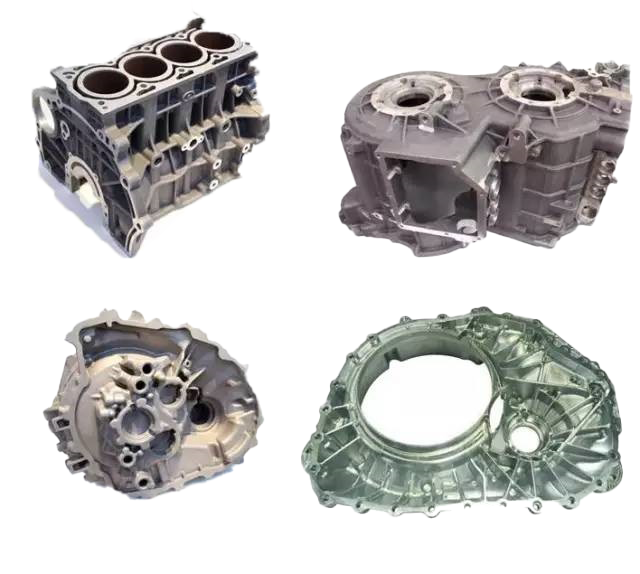E-postformatfeil
emailCannotEmpty
emailDoesExist
pwdLetterLimtTip
inconsistentPwd
pwdLetterLimtTip
inconsistentPwd

Nyheter
Problems of Precipitation Pore Distribution in Aluminum Alloy Die Casting
Because aluminum alloy has a severe tendency to oxidize and inhale, and it is in direct contact with furnace gas or the outside atmosphere during the smelting process, if the control is not properly controlled during the smelting process, the aluminum alloy can easily absorb gas and form pores. The most common is a pinhole. Pinholes usually refer to the precipitation pores less than 1mm in the casting, which is mostly circular and unevenly distributed on the entire section of the casting, especially in the thick and large section of the casting and the parts where the cooling rate is small. According to the distribution and shape characteristics of precipitation pores in aluminum alloys, pinholes can be divided into three categories.

Classification of pinholes
- Mesh pinholes: In the low magnification tissue, the pinholes are densely connected to form a network, and there are a few large holes, which is inconvenient to check the number of pinholes per unit area, and it is difficult to measure the diameter of the pinholes.
- Dot-shaped pinholes: In the low magnification tissue, the pinholes are in the shape of dots, and the outlines of the pinholes are clear and discontinuous. The number of pinholes per square centimeter can be counted and their diameters can be measured. Such pinholes are easily distinguished from shrinkage cavities and shrinkage porosity.
- Comprehensive stomata: It is an intermediate type between point pinholes and mesh pinholes. From the low magnification point of view, there are many large pinholes, but they are not dot-shaped, but polygonal.
The production practice of aluminum alloy hardware die-casting has confirmed that the main gas component of the pores formed by the aluminum alloy due to inhalation is hydrogen, and there is no certain rule to follow. Pinhole phenomenon; materials are no exception, and aluminum alloys of various compositions are prone to pinholes.
In the process of die-casting mold processing, if the conditions are very bad, problems such as grinding damage, fatigue, breakage, and shape change are often prone to occur. Therefore, the materials for die-casting mold processing must meet various requirements to avoid the various question.
Requirements that die casting molds should meet:
High quality characteristics
The requirements for the material of the deep drawing die require that the materials of the running parts of the die have excellent resistance to adhesion and adsorption, high wear resistance and hardness, corresponding strength and toughness characteristics, and relatively superior cutting processing characteristics, and heat treatment. The shape changes are relatively small.
Requirements for blanking die materials
The materials used for the running parts of the blanking die with relatively thin plates need to have high wear resistance and hardness properties. However, for the punching die with thicker plate, in addition to having high wear resistance and resistance to pressure yield point, in order to avoid die fracture or chipping, die casting must also have high fracture resistance, high flexural strength and toughness.
Requirements for cold extrusion die materials
Die-casting molds are generally subjected to certain impact, vibration, friction, higher pressure and stretching during processing. Sometimes they need to be processed at higher temperatures, and the environment is very diverse. Therefore, the manufacturing material requirements for die-casting mold processing are very high, and the materials selected in different working environments are also different.
Conclusion
For more information about zinc die casting process,die casting design,die casting method, we are glad to answer for you.

